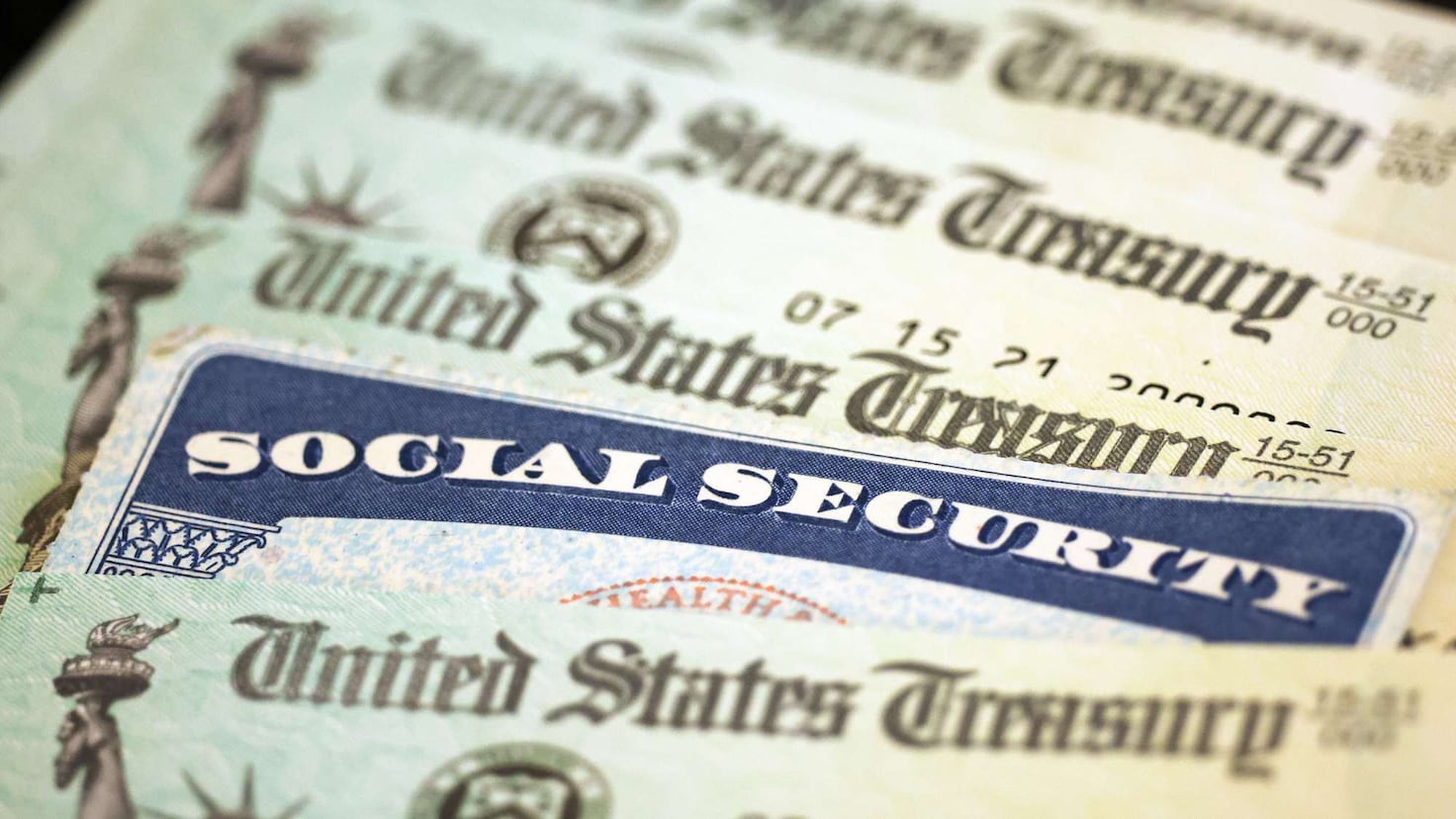Next week, the Social Security Administration (SSA) is due to complete the distribution of October 2025’s Social Security benefits, sending out payments to the month’s final group of recipients.
So the government shutdown doesn’t affect Social Security payments?
No: The SSA has said the distribution of benefits “will continue with no change in payment dates”.
Who’s getting a Social Security payment on October 22?
Next Wednesday, payments are to be made to certain recipients of retirement benefits, Social Security Disability Insurance (SSDI) or survivor pay.
Of the just over 70 million people who receive retirement, SSDI or survivor benefits in the U.S., most get their payment on one of three Wednesdays each month, beginning on the second Wednesday.
A recipient’s designated Wednesday is determined by the date of birth of the worker whose Social Security taxes have accumulated the benefits entitlement.
October 22’s payments cover birthdays that fall between the 21st and 31st of each month.
Weds. payment schedule – Oct. 2025:
Weds., Oct. 8: Workers born on 1st to 10th
Weds., Oct. 15: Workers born on 11th to 20th
Weds., Oct. 22: Workers born on 21st to 31st
Who gets their check on the 2nd, 3rd or 4th Wednesday? Some long-term Social Security beneficiaries
If you began receiving retirement, SSDI or survivor benefits before May 1997, your check typically goes out on the third of each month, irrespective of your date of birth.
These long-term beneficiaries were therefore scheduled to be paid on Friday, October 3.
Recipients of Supplemental Security Income (SSI) – a separate SSA benefit for low-income individuals who are over 65 or have a disability – are normally paid on the first of each month.
This month’s SSI payments therefore went out on Wednesday, October 1.
Dual beneficiaries (SSI + regular Social Security)
Just over 2.5 million people in the U.S. receive both SSI and one of the SSA’s retirement, SSDI or survivor benefits.
These recipients normally were due to get the former on October 1, followed by the latter on October 3.
Recipients outside 2nd, 3rd and 4th Weds. – Oct. 2025
SSI beneficiaries: Weds., Oct. 1
Pre-May ’97 Social Sec. recipients: Fri., Oct. 3
Dual beneficiaries: SSI paid on Oct. 1; Social Sec. paid on Oct. 3
You can check out the SSA’s complete payment schedule for 2025 in this online calendar.
How much Social Security do retirees get per month?
Retired workers – who account for the majority of the U.S.’s Social Security beneficiaries – receive $2,008.31 per month on average, the SSA says. The maximum monthly retirement benefit stands at $5,108.
How much money do other SSA beneficiaries receive?
Disabled workers get $1,582.95 a month on average, while beneficiaries of survivor pay receive an average of $1,575.30 a month. SSI recipients are paid a monthly average of $717.84.
How does are Social Security payments sent out?
Over 99% of checks are now paid electronically, as the SSA seeks to go fully paperless. Since September 30, indeed, the agency says recipients are “in most cases” no longer being given the option of being mailed a paper check.
The SSA provides its benefits recipients with two ways of receiving electronic payments:
Beneficiaries can receive their money by direct deposit, by providing the agency with their bank details. You can supply this information on the “my Social Security” online portal.
Recipients can also have their benefits paid onto the Direct Express Card, a special debit card for federal payments made to people without a bank account.
Get your game on! Whether you’re into NFL touchdowns, NBA buzzer-beaters, world-class soccer goals, or MLB home runs, our app has it all.
Dive into live coverage, expert insights, breaking news, exclusive videos, and more – plus, stay updated on the latest in current affairs and entertainment. Download now for all-access coverage, right at your fingertips – anytime, anywhere.

